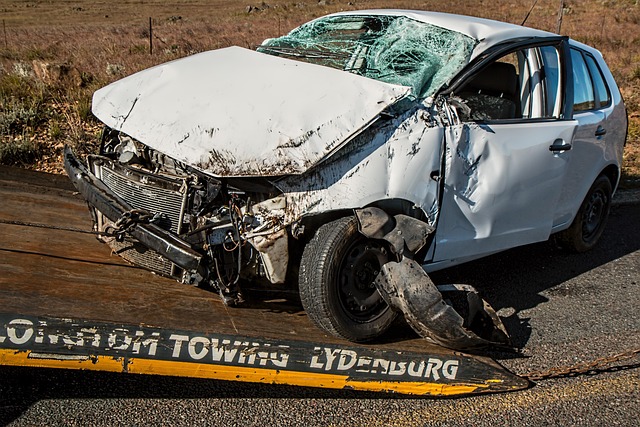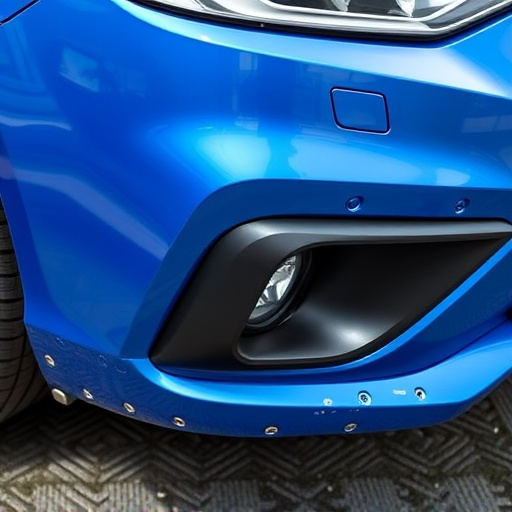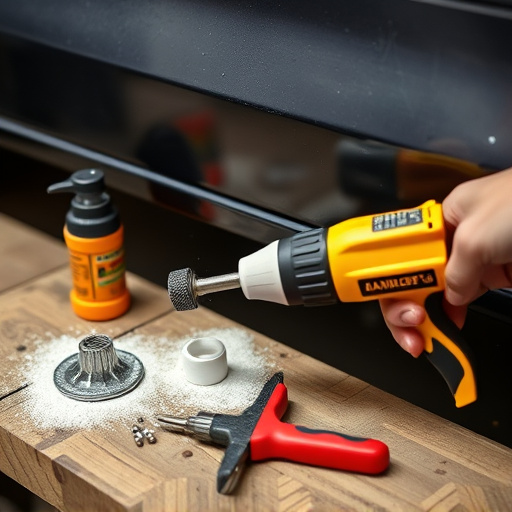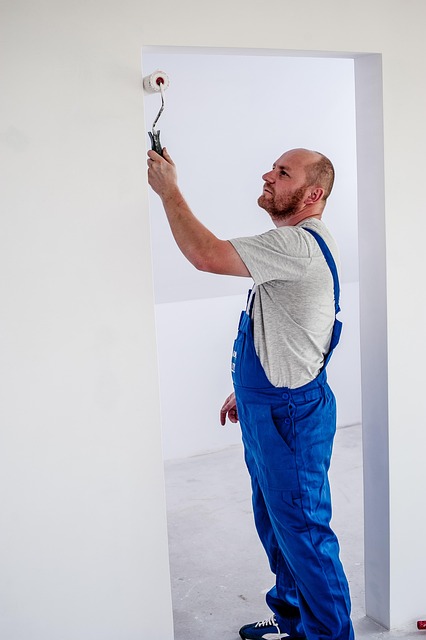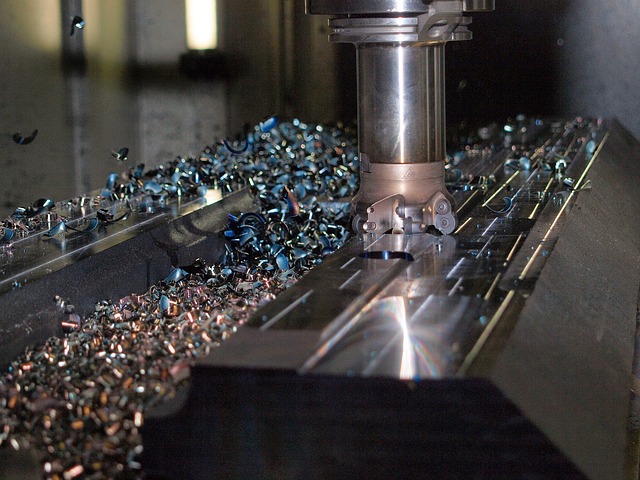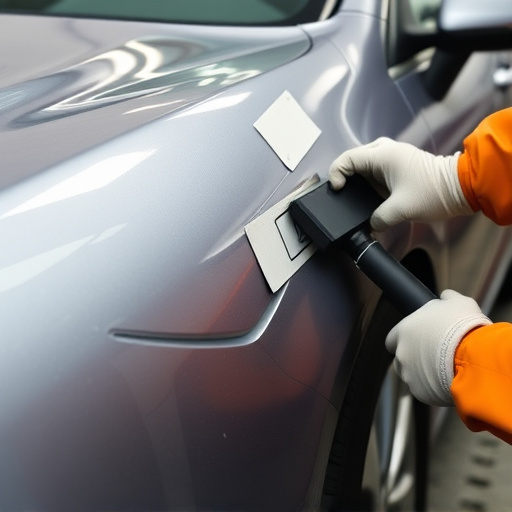Mercedes vehicles feature advanced technology like the sequential turn signal system, crucial for safety and driver visibility. Before repairing this feature, prepare a secure test area, perform thorough checks on turn signals, and consult diagnostic tools to ensure accurate repairs, especially after auto body work or accidents like paintless dent repair.
Testing the Mercedes sequential signal functionality is a crucial task for car enthusiasts and mechanics alike. This comprehensive guide will walk you through the process, ensuring safe and effective results. First, grasp the basics of how these advanced turn signals work in Mercedes vehicles. Then, prepare your workspace with safety precautions. Next, perform detailed checks to verify each component’s operation. From visual inspections to circuit tests, this step-by-step approach covers all aspects of Mercedes sequential turn signal repair.
- Understand Mercedes Sequential Turn Signal Basics
- Prepare for Safe Testing Environment
- Perform Comprehensive Functionality Checks
Understand Mercedes Sequential Turn Signal Basics
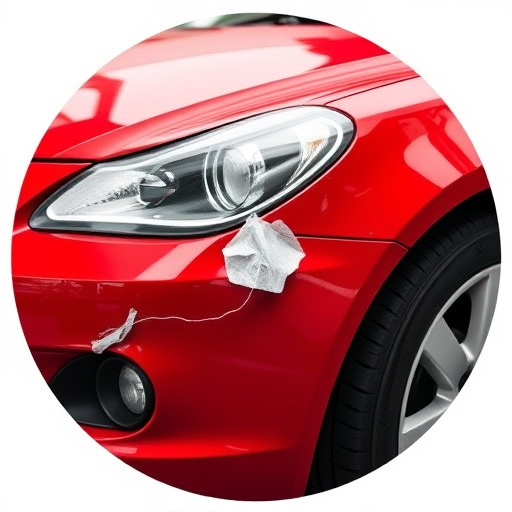
Mercedes vehicles are renowned for their sophisticated technology and innovative features, including the Mercedes sequential turn signal system. This advanced system is designed to enhance safety by providing a distinct pattern of blinks when indicating a turn, rather than the traditional on-and-off flash. Understanding how this functionality works is crucial before attempting any Mercedes sequential turn signal repair.
The system uses a series of rapid flashes to communicate the direction of a turn, reducing the risk of accidental lane changes and improving visibility to other drivers. This unique feature is activated when the turn signals are turned on, and the sequence starts with a single flash, followed by quick successive blinks indicating left or right turns. Familiarizing yourself with this pattern is essential for both vehicle owners and mechanics performing auto body repairs to ensure proper maintenance and safe driving.
Prepare for Safe Testing Environment
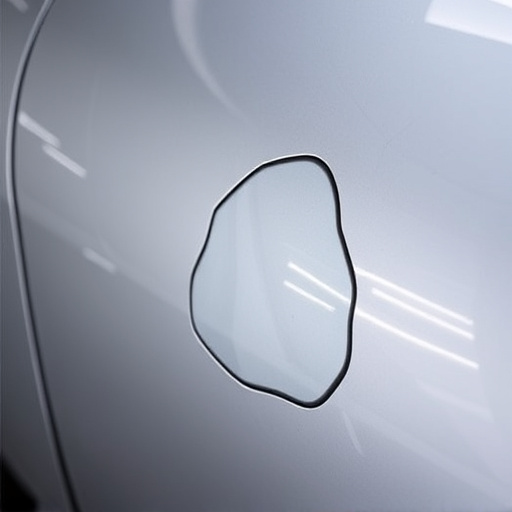
Before testing the Mercedes sequential turn signal functionality, ensuring a safe and controlled environment is paramount. This involves clearing a spacious area around the vehicle, preferably in an open-air setting or a large, empty parking lot. Remove any obstacles that could interfere with the testing process, such as parked cars or pedestrians. Engage your vehicle’s parking brake and place wheel chocks for added security to prevent accidental rolling. Additionally, ensure all passengers are outside the test area, and notify other drivers of your intentions to conduct these tests for their safety and yours.
Proper preparation includes checking that the test equipment is in good working order and that you have a reliable source of power for any diagnostic tools you’ll be using. As with any automotive repair or testing, wear appropriate personal protective equipment (PPE), including gloves and safety goggles to protect against potential hazards. Creating this safe testing environment sets the stage for accurate assessments and effective Mercedes sequential turn signal repair when necessary.
Perform Comprehensive Functionality Checks
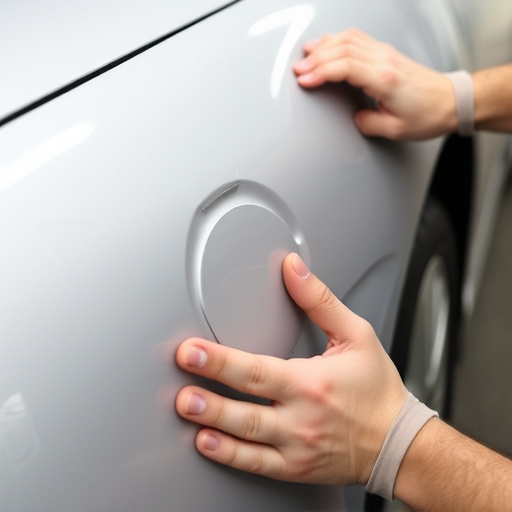
Before setting out to test the Mercedes sequential signal functionality, it’s crucial to perform a comprehensive checkup on the vehicle’s turn signals. This involves verifying that each signal light illuminates correctly when the turn signal lever is activated. A faulty signal could indicate issues with the bulbs, wiring, or even the control module. Regular checks can help prevent minor problems from escalating, especially after a fender bender, where dents might compromise the integrity of signal components.
In addition to visual inspections, it’s recommended to test the signals’ operation in various conditions. This includes checking their response when making sharp turns, navigating narrow spaces, or driving at different speeds. An auto repair shop equipped with diagnostic tools can help isolate any issues and perform repairs efficiently, ensuring your Mercedes maintains its safety features even after minor accidents, such as a paintless dent repair.
Testing the Mercedes sequential signal functionality is a crucial step in ensuring your vehicle’s safety and reliability. By following these steps, you can create a safe testing environment and thoroughly evaluate each aspect of the system. Remember, proper maintenance and prompt repair of any issues, especially with Mercedes sequential turn signal systems, are essential for a smooth driving experience. Keep your eyes open for any anomalies and consult professional mechanics when needed to maintain the optimal performance of your vehicle’s lighting systems.




